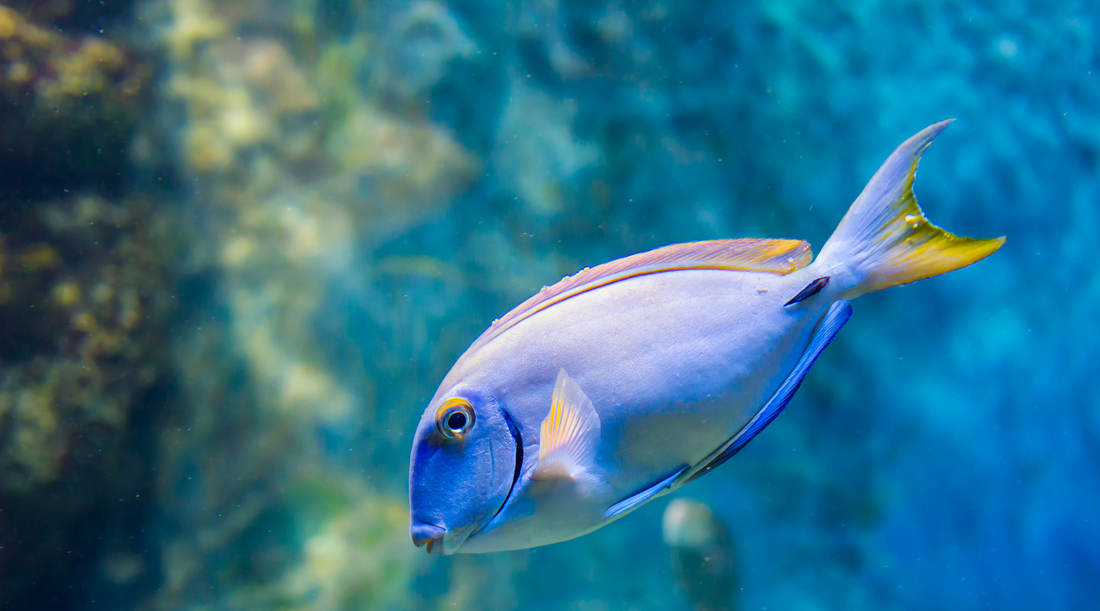Saltwater Flukes: Understanding, Identifying, and Treating Parasites in Marine Fish
Saltwater flukes, also known as monogenean trematodes, are parasitic flatworms that commonly infest marine fish. These parasites can cause significant health problems, leading to stress, illness, and even death if not properly managed. Understanding the life cycle of saltwater flukes, recognizing the signs of infestation, and knowing how to treat affected fish are crucial for maintaining a healthy marine aquarium.
Life Cycle of Saltwater Flukes
Saltwater flukes have a direct life cycle, meaning they do not require an intermediate host to complete their development. The adult flukes lay eggs on the skin, gills, or fins of the host fish. These eggs hatch into free-swimming larvae called oncomiracidia, which seek out new hosts to infect. Once they find a suitable fish, the larvae attach to the skin, gills, or fins and mature into adult flukes. The cycle then repeats as the adults begin to lay eggs. In a closed aquarium system, this cycle can lead to rapid population growth and widespread infestation if left unchecked.
Signs and Symptoms of Saltwater Flukes
Fish infested with saltwater flukes may display a range of symptoms depending on the severity of the infestation. Common signs include:
- Scratching and Flashing: Infected fish often rub against rocks, substrate, or other objects in the tank in an attempt to relieve irritation caused by the flukes.
- Labored Breathing: Flukes that infest the gills can cause respiratory distress, leading to rapid or heavy breathing.
- Lethargy and Loss of Appetite: Infested fish may become sluggish, lose interest in food, and exhibit overall reduced activity.
- Visible Parasites: In some cases, flukes may be visible on the skin or fins of the fish, appearing as small, flat, and sometimes translucent spots.
- Excess Mucus Production: In response to irritation, infected fish may produce excess mucus, which can appear as a cloudy or slimy coating on the skin.
Treatment of Saltwater Flukes
Effective treatment for saltwater flukes involves a combination of medication and environmental management:
- Freshwater Dips: A temporary freshwater dip can help remove flukes from the skin and gills of infected fish. This involves placing the fish in freshwater (with matched pH and temperature) for 5-10 minutes, causing the flukes to detach.
- Medications: Antiparasitic medications like Praziquantel and Prazipro are commonly used to treat fluke infestations. These medications can be added directly to the aquarium or administered as a bath treatment, depending on the severity of the infestation.
- Quarantine: Infected fish should be isolated in a separate quarantine tank to prevent the spread of flukes to other tank inhabitants. Quarantine also allows for more controlled treatment conditions.
- Environmental Management: Maintaining optimal water quality, reducing stress, and ensuring proper nutrition can help strengthen the fish's immune system and reduce the likelihood of reinfestation.
Conclusion
Saltwater flukes are a common and potentially serious problem in marine aquariums, but with proper care and treatment, infestations can be effectively managed. Regular monitoring, prompt identification of symptoms, and swift treatment are key to protecting the health and well-being of your marine fish.

